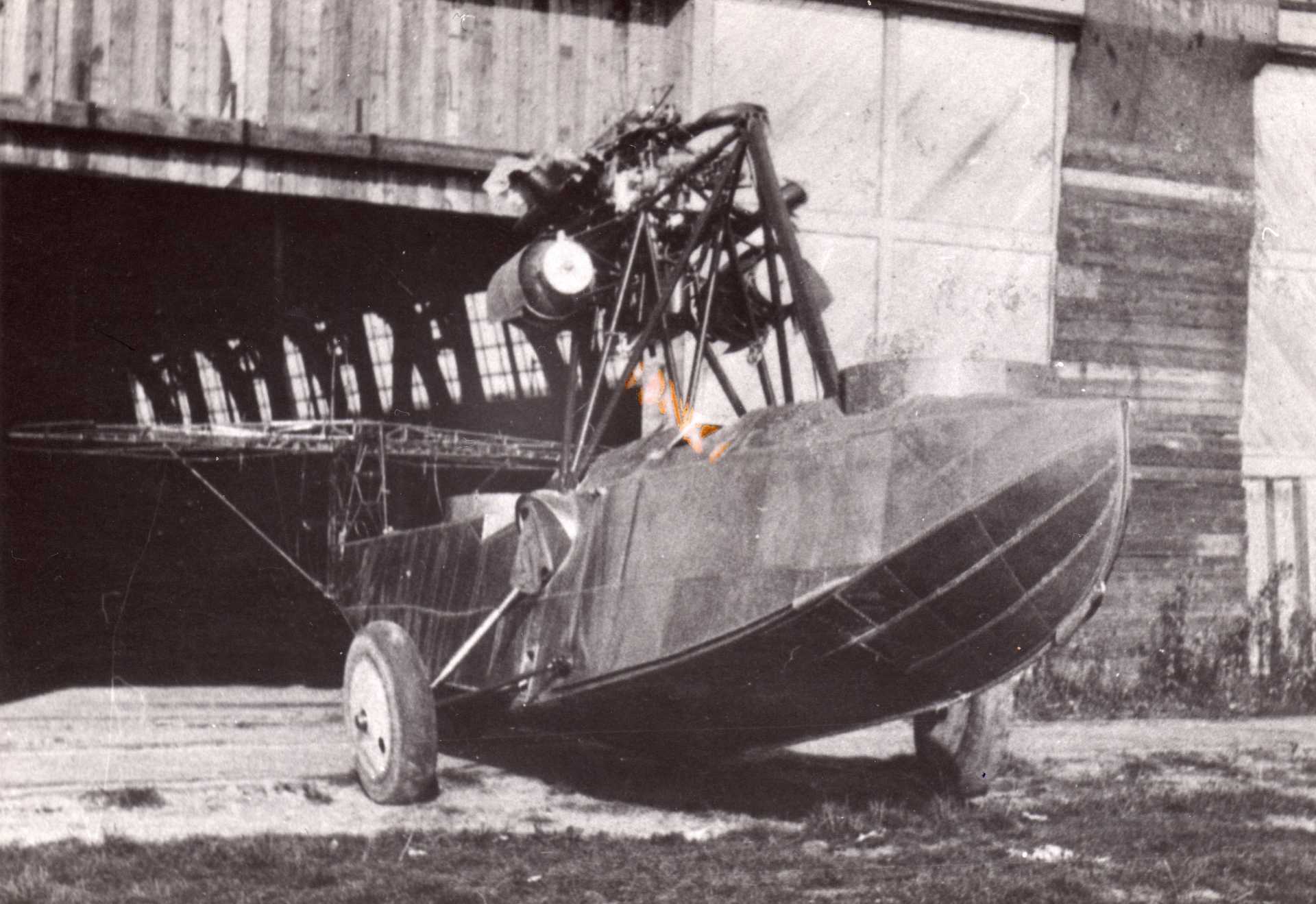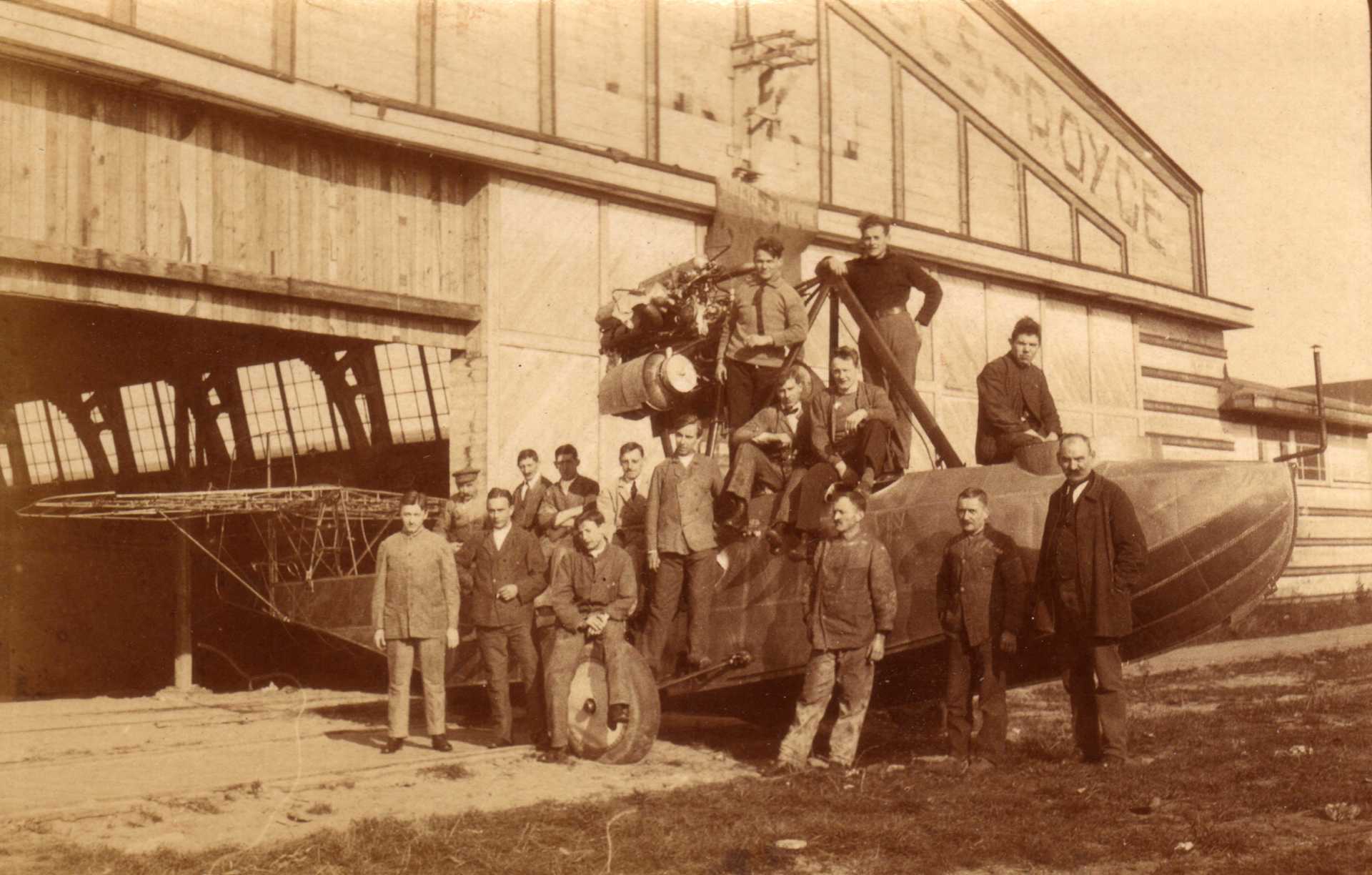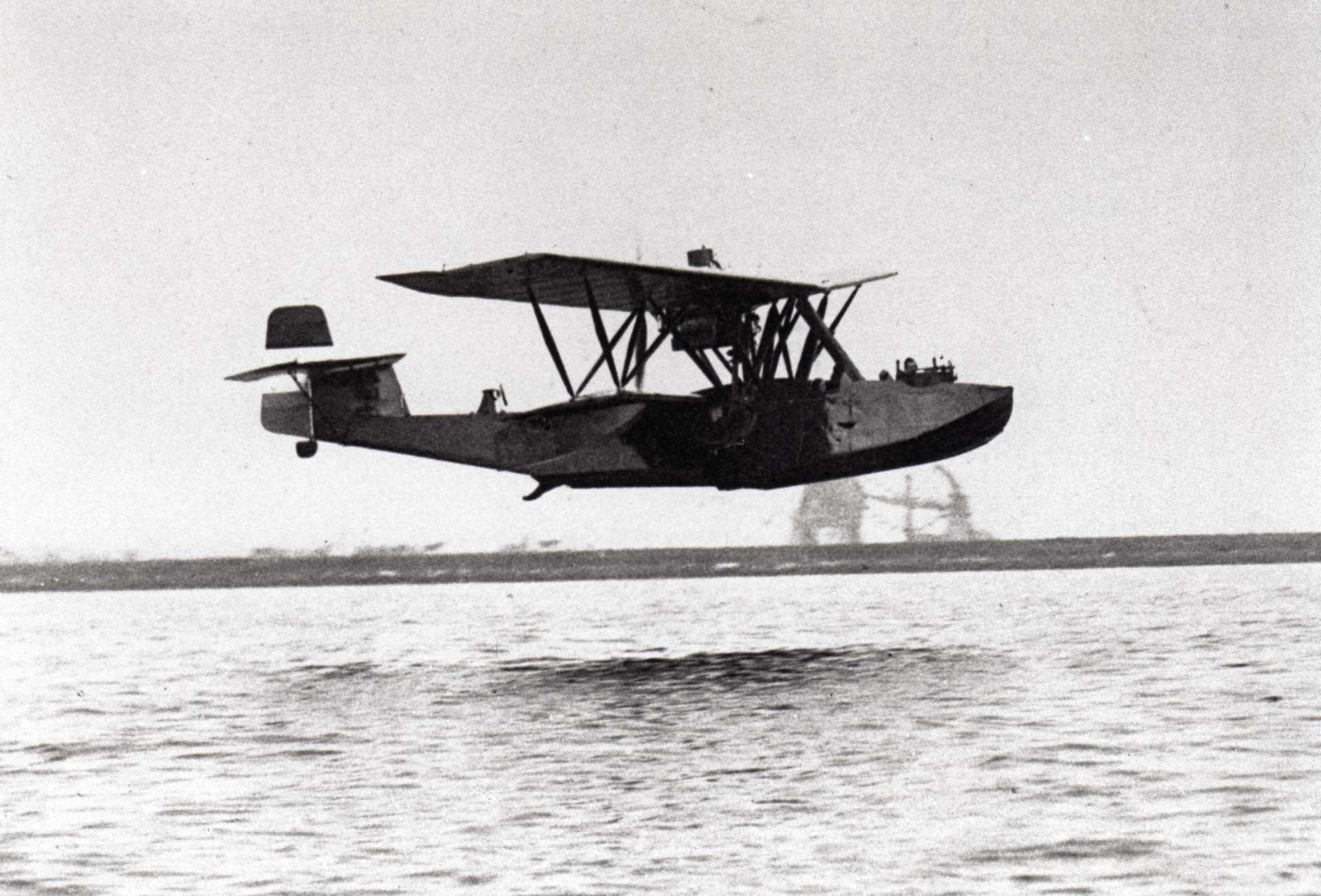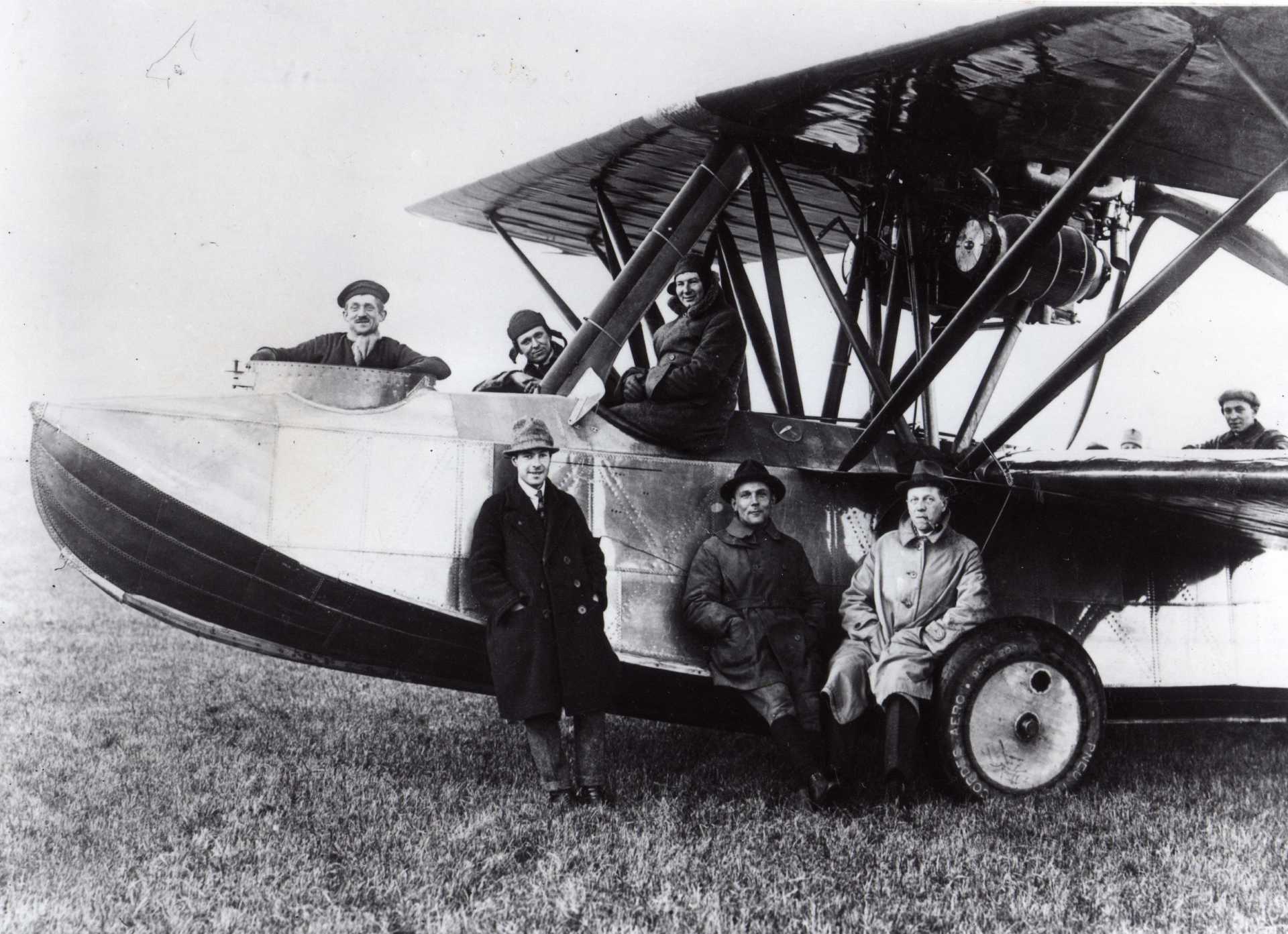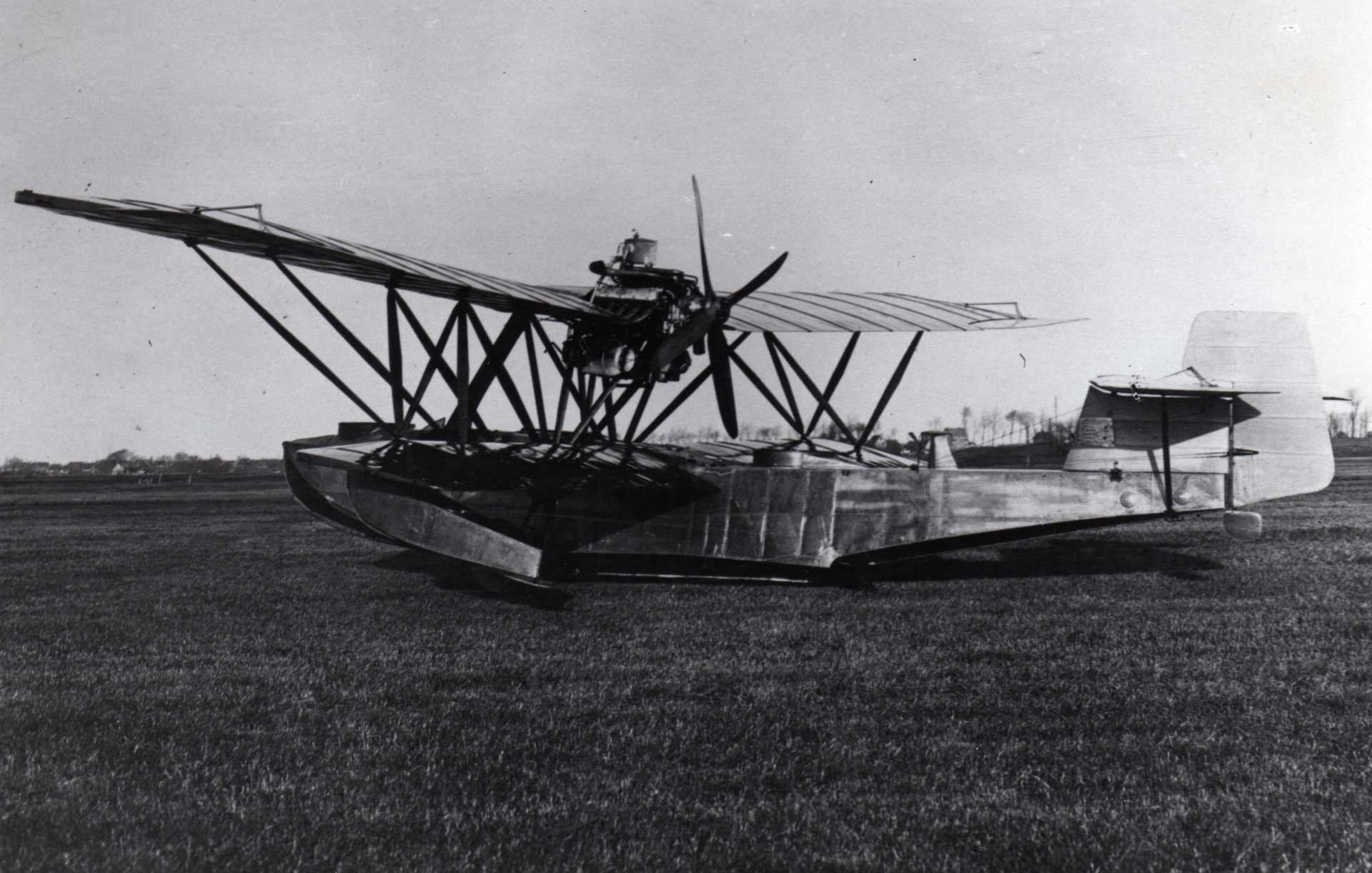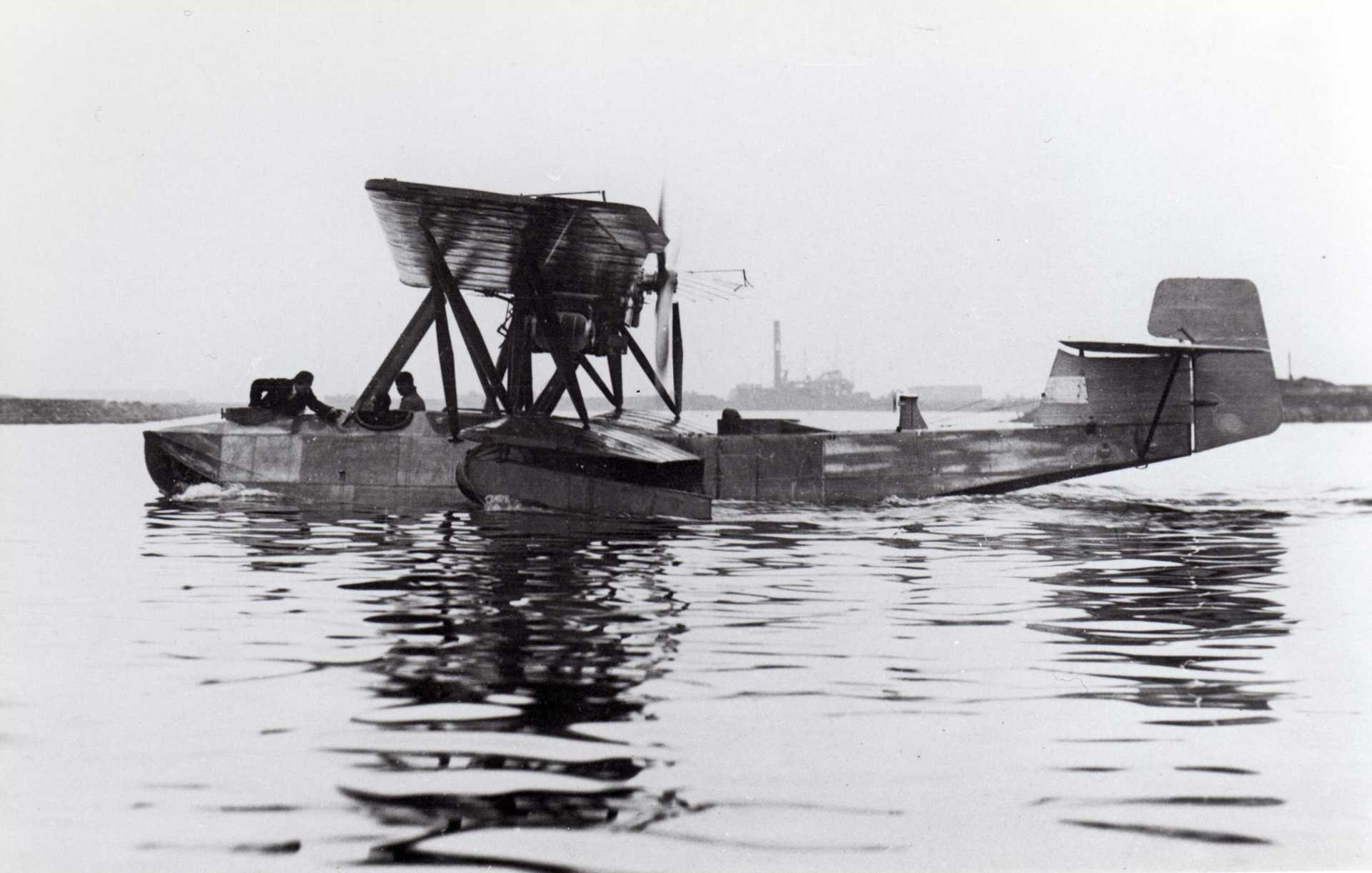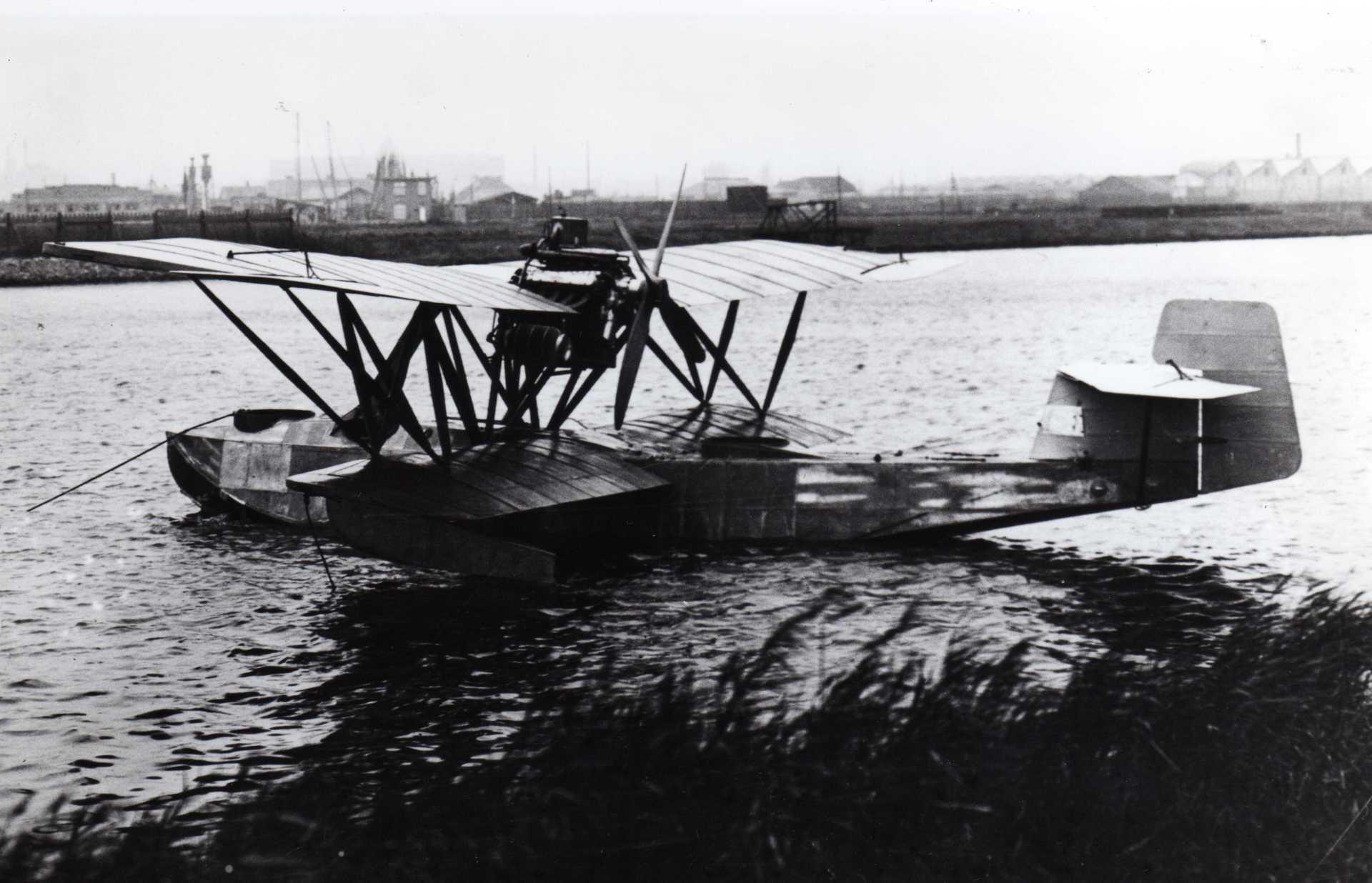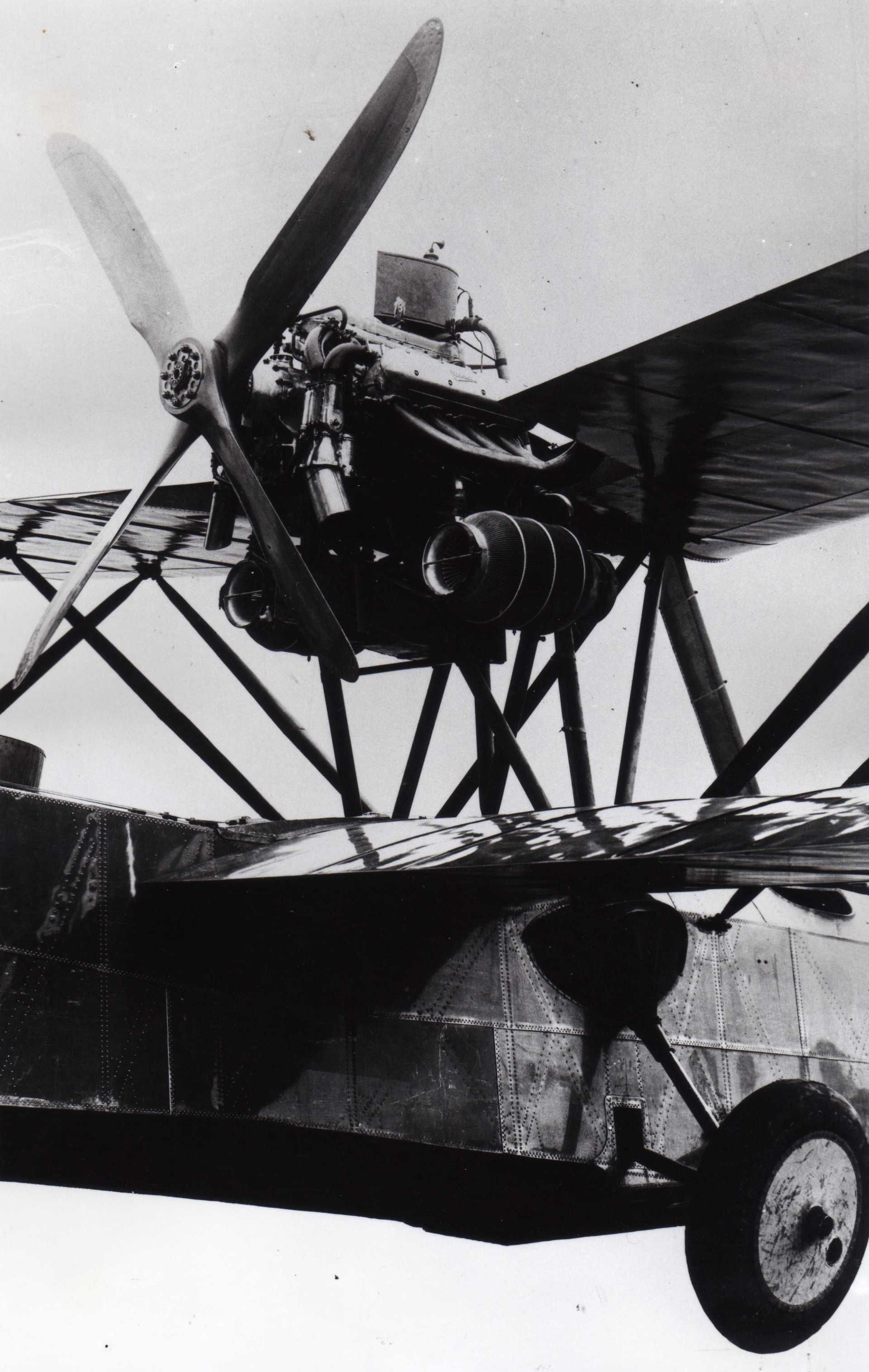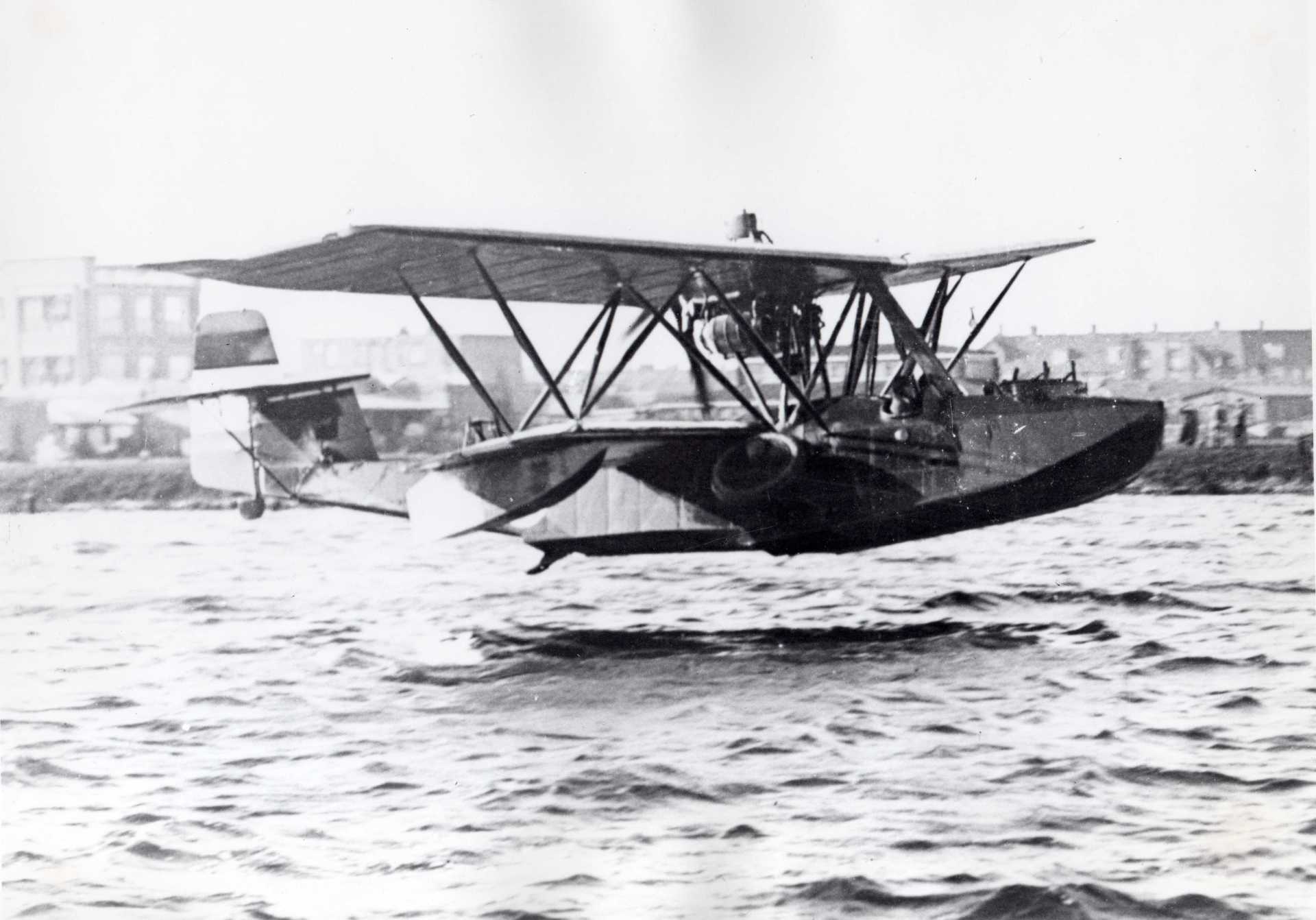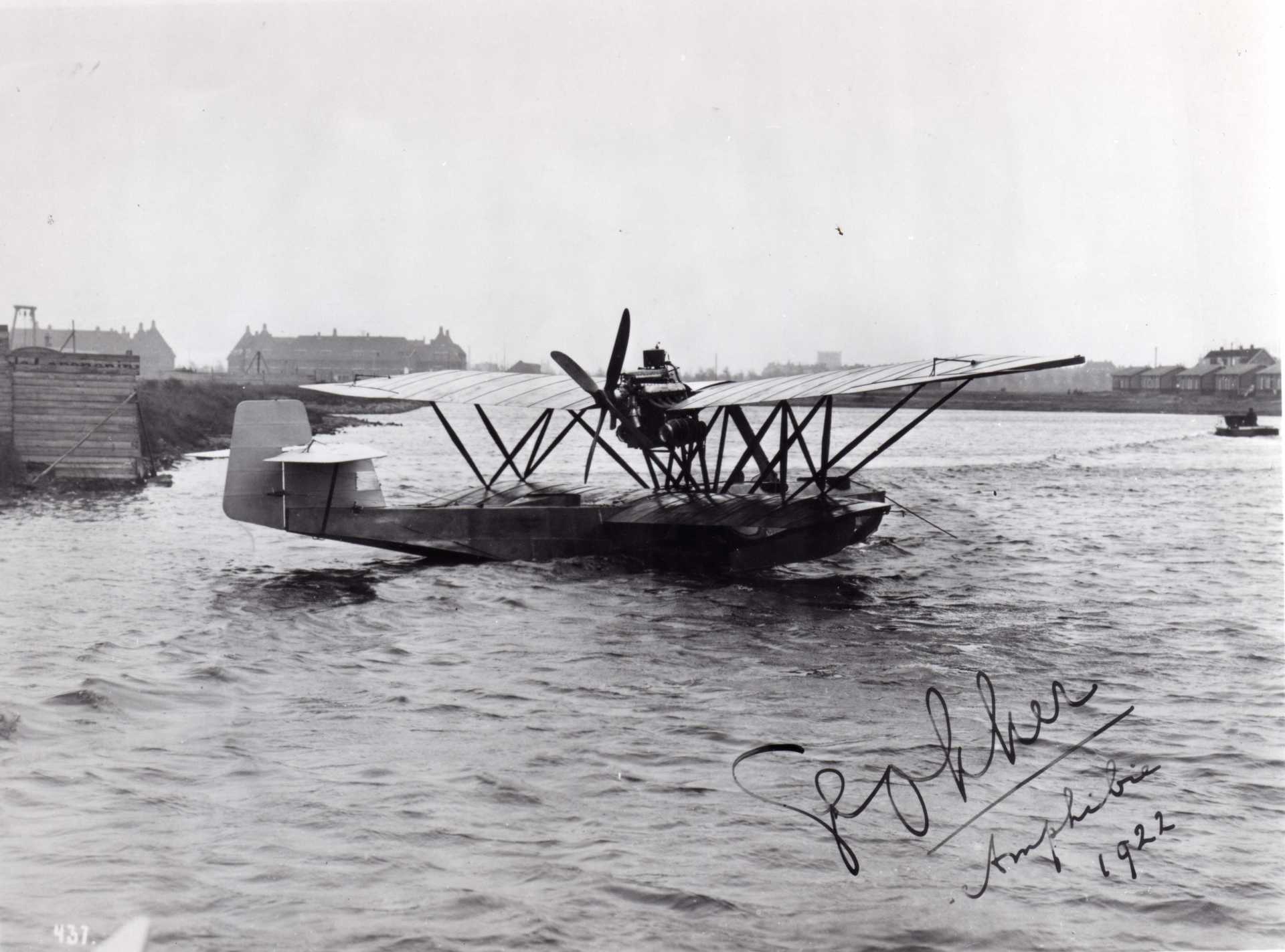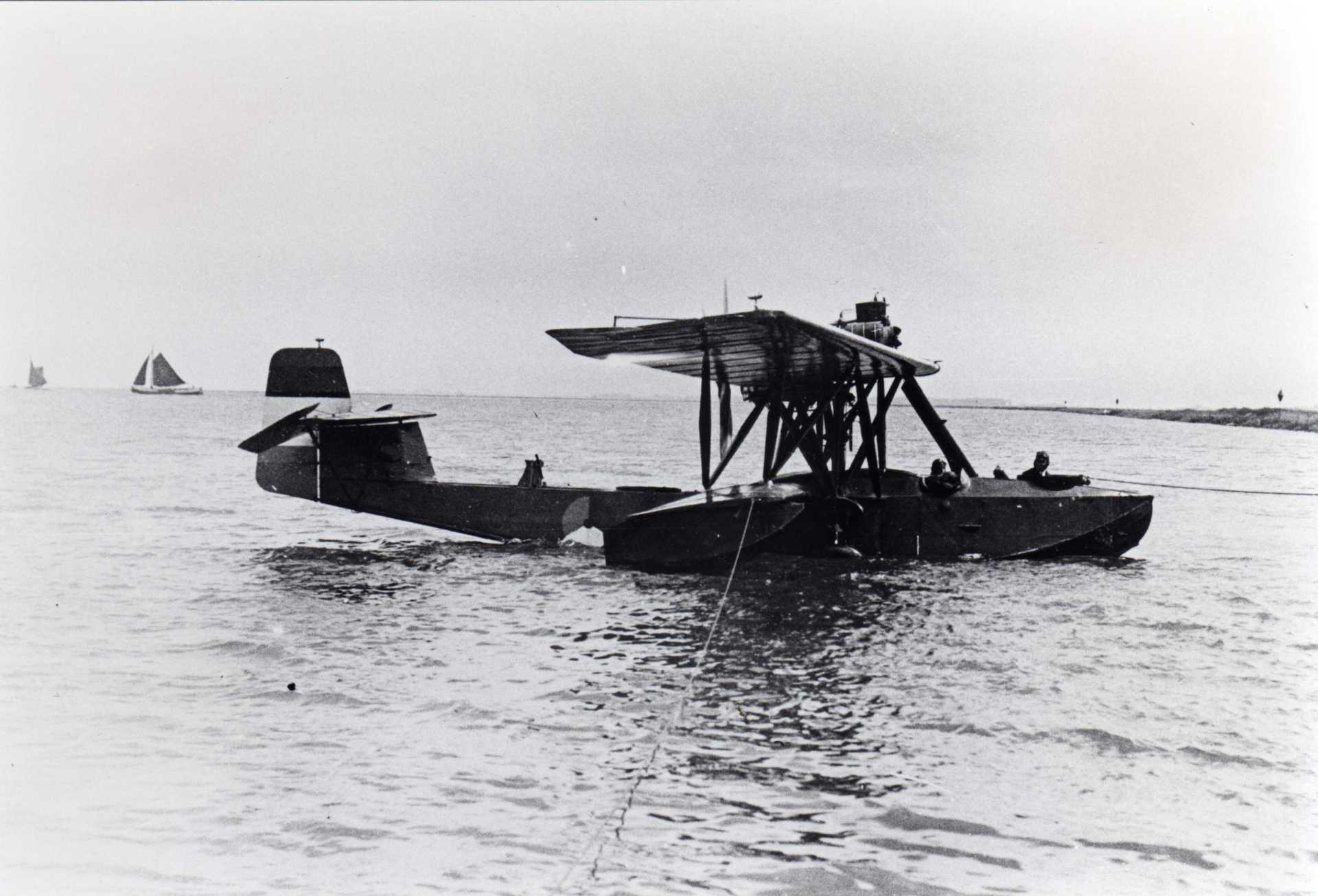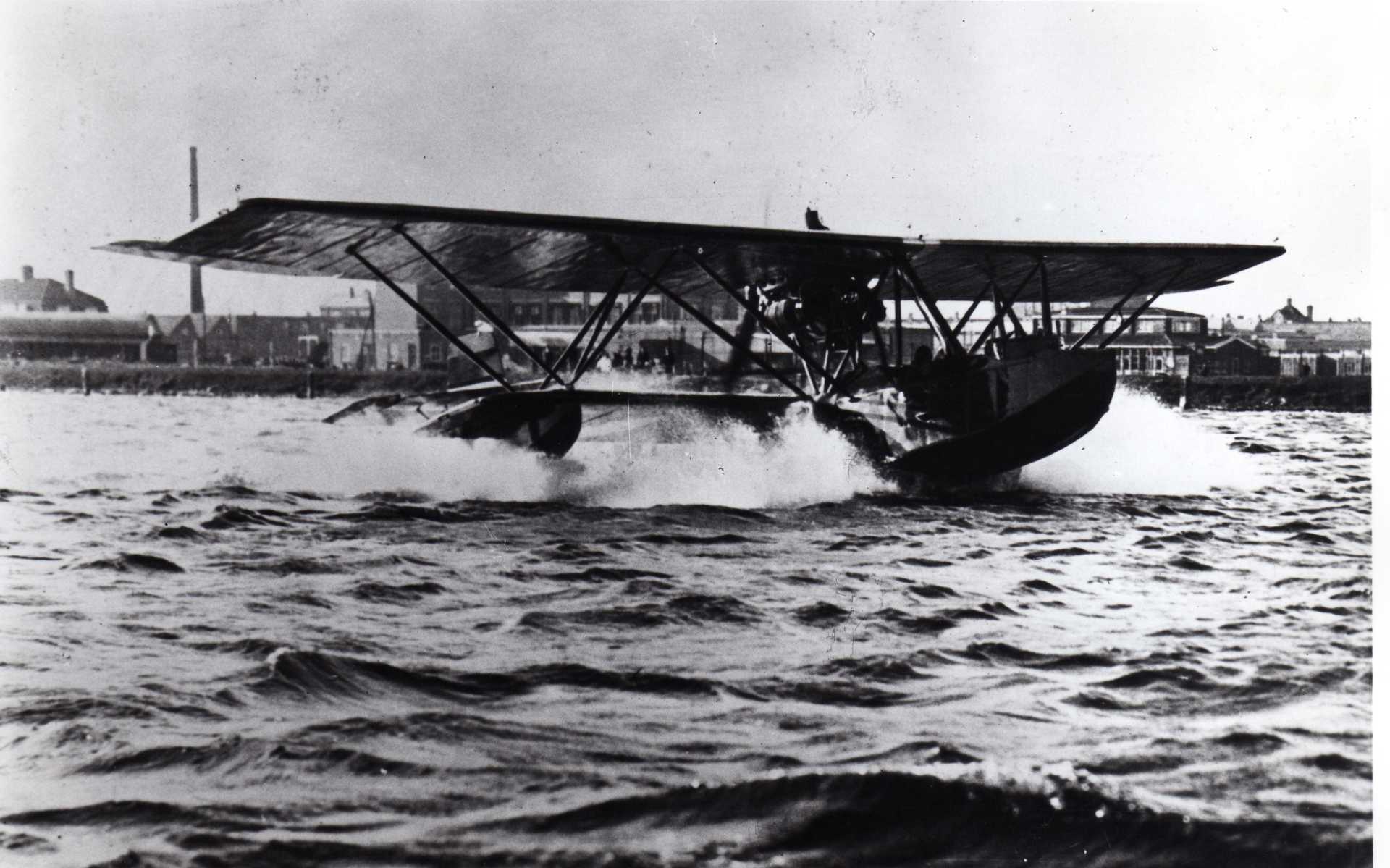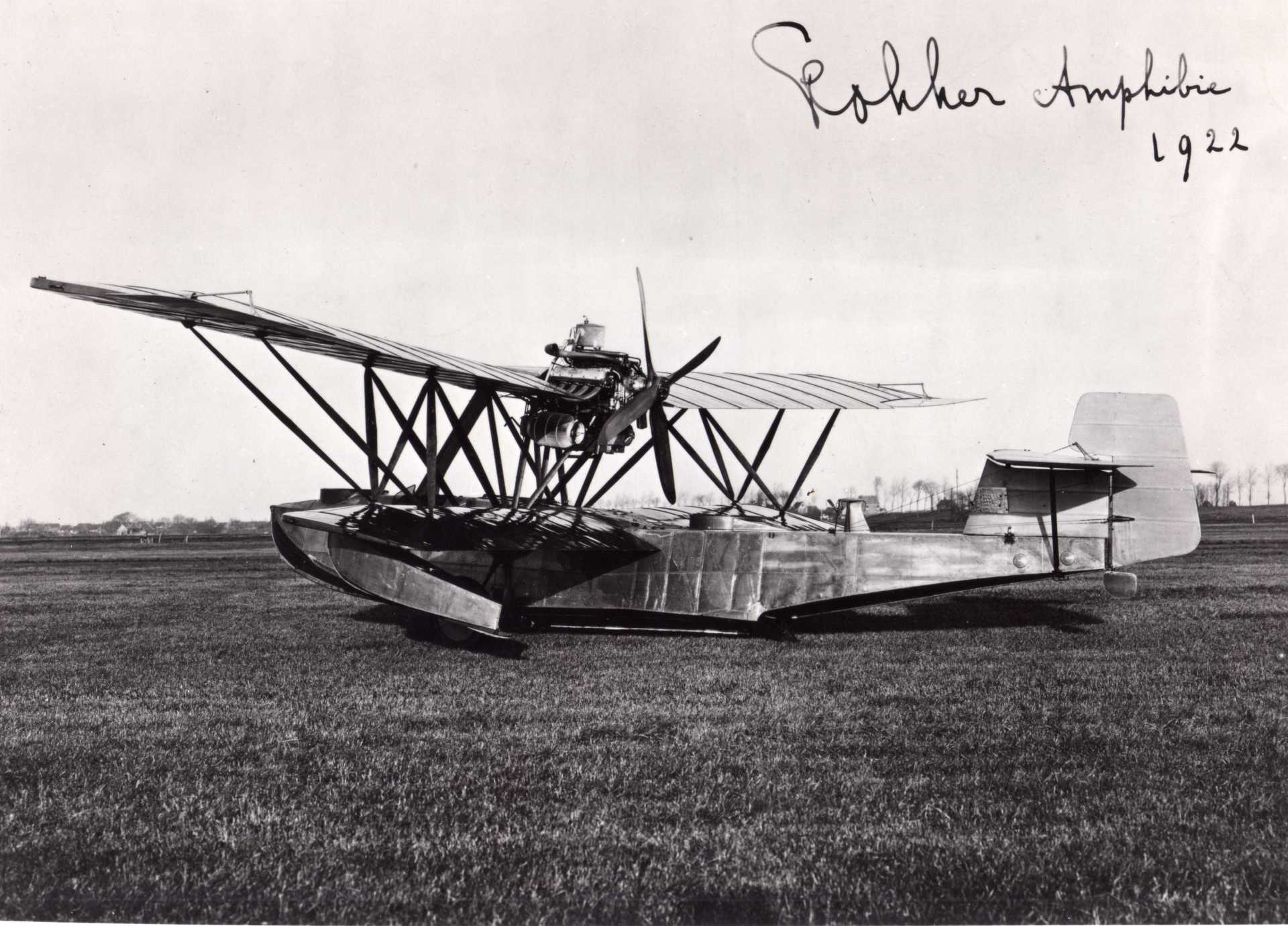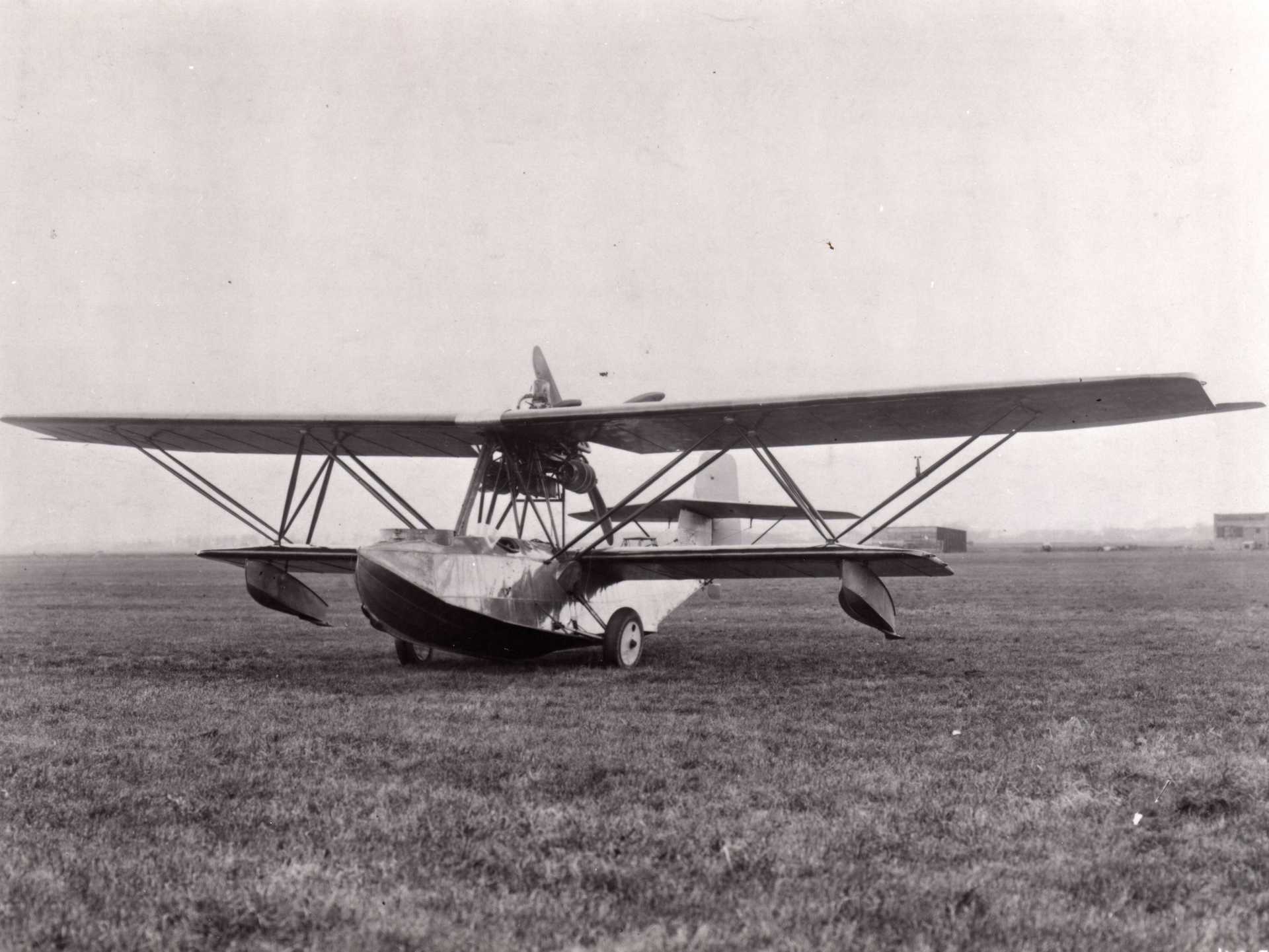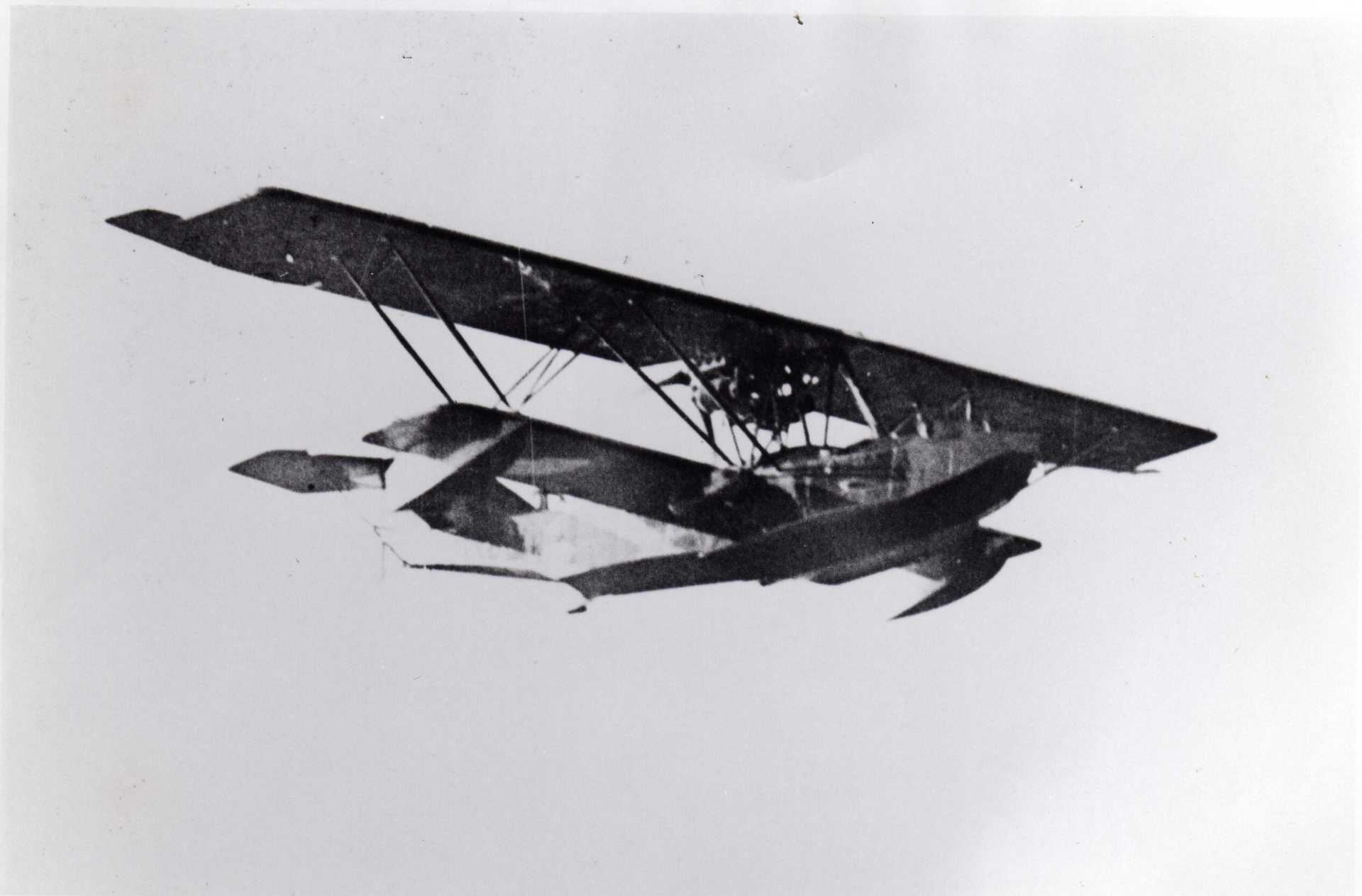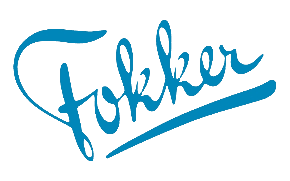Fokker B.I
The prototype was built in the Fokker factory in Veere (Zeeland) and further tested in Amsterdam-Noord.
This amphibious flying boat was also tested by Anthony Fokker at naval air station De Mok on Texel.
Delivery to the Naval Aviation Service followed in the second half of 1922.
In 1923 the B.I was transported to the Dutch East Indies.
The MLD was considering an order of 72 for reconnaissance purposes.
However, the tests in the Dutch East Indies were not successful, so that only this one B.I was used.
It flew until the end of 1927.
No further order was issued.
Click on the photo to enlarge the photo

